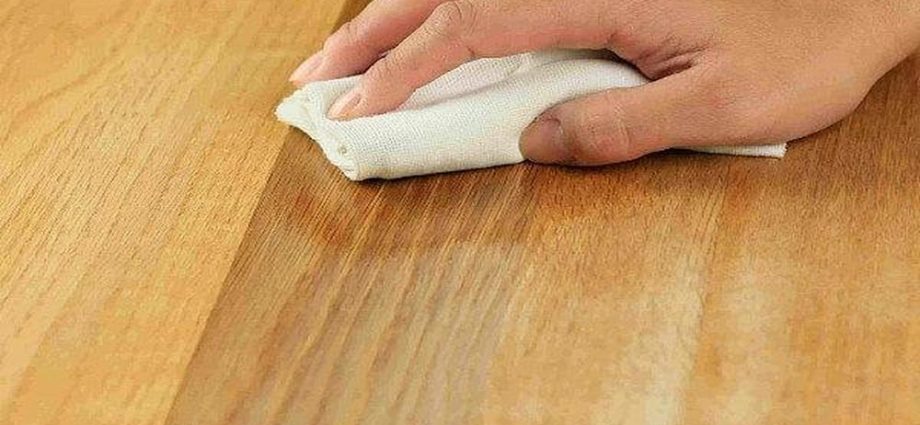Furniture polishing is an essential part of any home interior. It is not just a functional item, but it also adds to the overall aesthetic and ambience of your living space. This is where furniture polishing comes in. Here are the benefits of furniture polishing for your home:
- Restores Furniture’s Shine: With time, the wood and other materials used to make furniture may lose their shine due to exposure to sunlight, heat, and moisture. Furniture polishing helps to restore the shine and luster of your furniture, making it look new again.
- Prevents Damage: Furniture polishing helps to prevent damage to your furniture. When furniture is exposed to heat, sunlight, and moisture, it can cause the wood to dry out, crack, or warp. By polishing your furniture regularly, you can protect it from these damaging elements.
- Improves Durability: Regular furniture polishing helps to improve the durability of your furniture. It helps to keep the wood and other materials strong and sturdy, preventing them from breaking or becoming weak over time.
How to Choose the Right Furniture Polish for Your Home
Choosing the right furniture polishing can be overwhelming, especially with so many products available in the market. Here are some factors to consider when choosing the right furniture polish for your home:
- Type of Furniture: The type of furniture you have will determine the type of polish you should use. For instance, different types of wood require different types of polish. Hardwoods like oak, cherry, and maple need oil-based polishes, while softwoods like pine and cedar require water-based polishes.
- Finish: The finish of your furniture will also determine the type of polish you should use. If your furniture has a glossy finish, use a high-gloss polish. For a matte finish, use a satin or matte polish.
- Purpose: Consider the purpose of your furniture when choosing a polish. If the furniture is meant for regular use, choose a polish that is long-lasting and durable. If the furniture is for decorative purposes only, you can choose a less durable polish.
- Allergies and Sensitivities: If you or someone in your household has allergies or sensitivities, choose a polish that is hypoallergenic and free of strong scents.
DIY Furniture Polishing: Tips and Tricks for a Shiny, Clean Home
You don’t always have to hire a professional to polish your furniture. You can do it yourself and save money. Here are some tips and tricks for DIY furniture polishing:
- Clean the Furniture: Before you start polishing your furniture, make sure it is clean. Remove any dust, dirt, or grime using a soft cloth or brush.
- Use Right Polish: Choose the right polish for your furniture, as mentioned earlier. Apply the polish in small sections, using a soft cloth or a foam brush.
- Don’t Overuse the Polish: Using too much polish can cause a buildup, making your furniture look dull and sticky. Use only a small amount of polish, and buff it gently into the furniture.
- Be Gentle: When polishing your furniture, be gentle. Don’t apply too much pressure or rub too hard, as this can damage the wood or finish.

